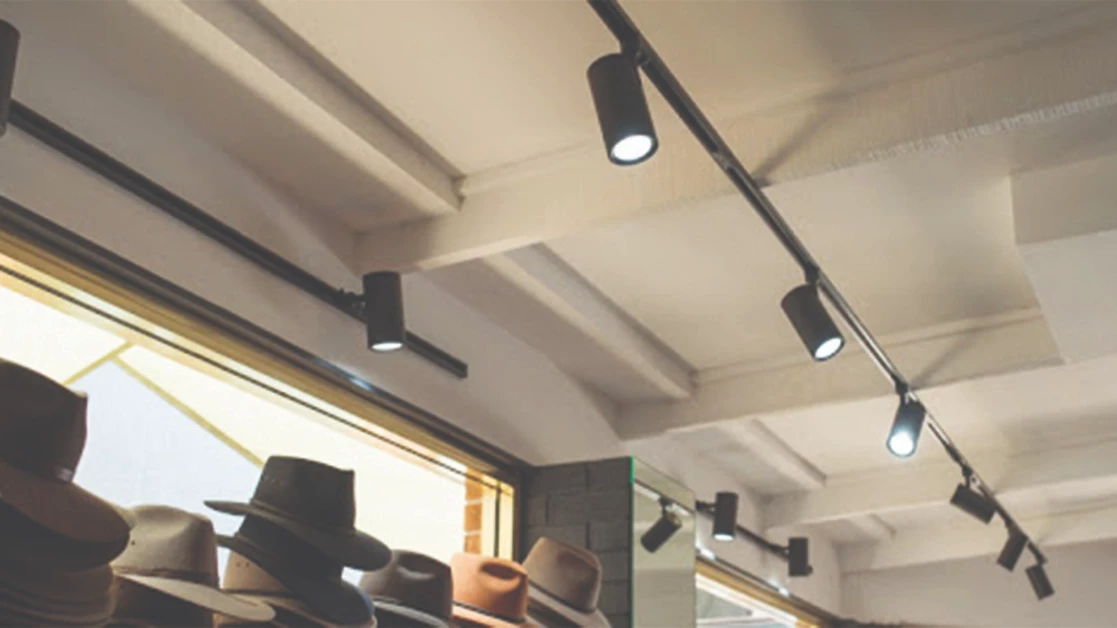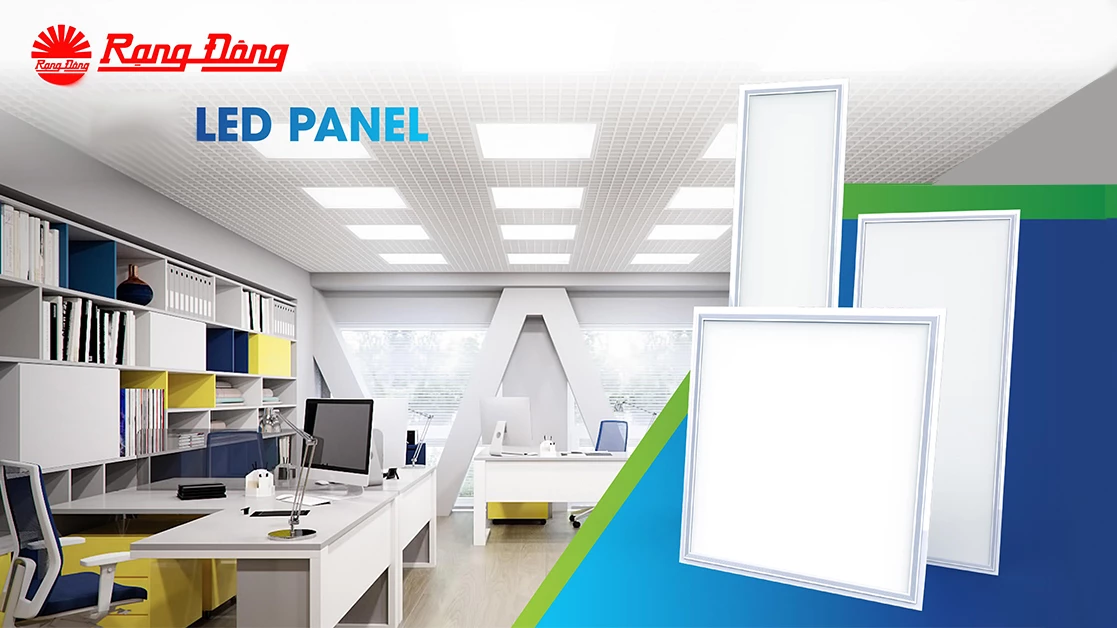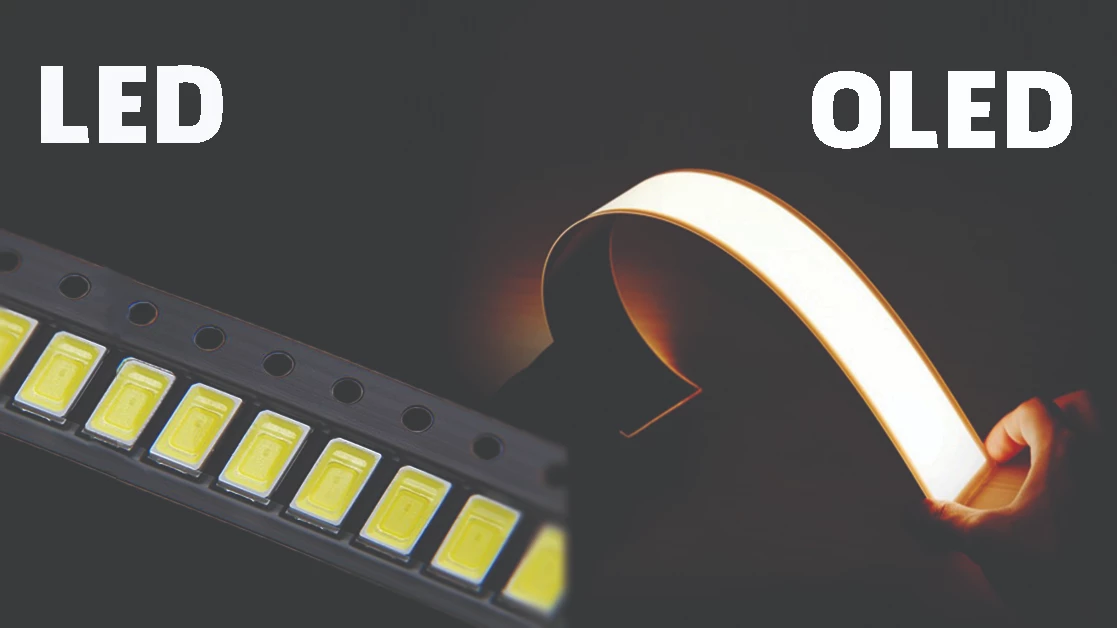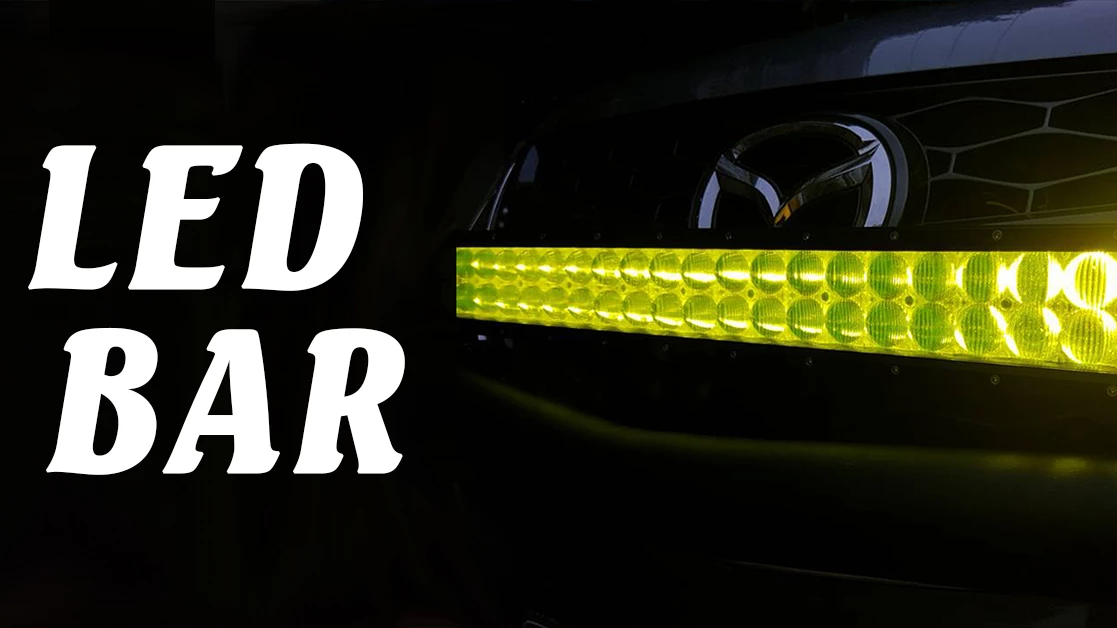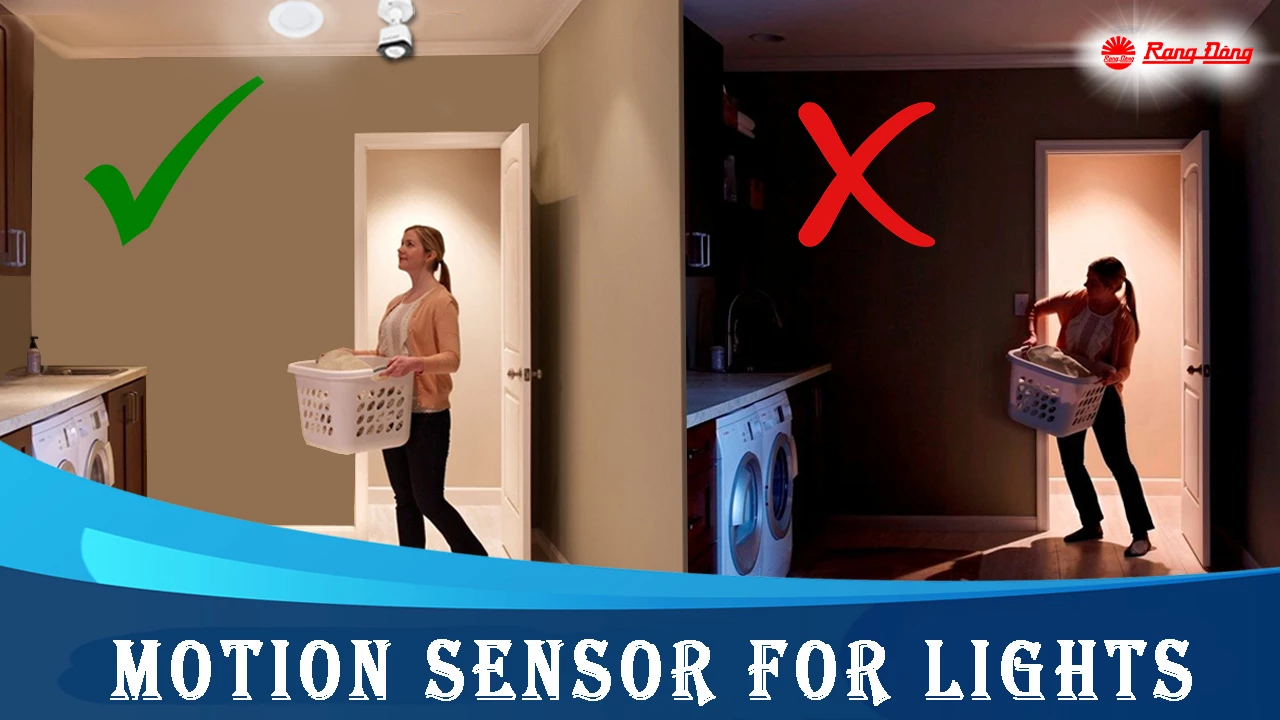
Five common questions about light emitting diode
With the discovery of fire, people knew lighting up in the dark by campfires or torches. After that, oil lamps came with grease and a fiber wick and had been used widely until the late 1800s, when electric lamps were invented. Created in the 1880s, light emitting diode has opened up a new chapter of lighting.
What is light emitting diode?
A light emitting diode (or LED) is a PN-junction diode semiconductor device that emits light when a suitable voltage is applied. It can be understood that it is a semiconductor device that works in contrast to solar batteries, which absorb and convert sunlight into electricity. Depending on the structure of the semiconductor, the device will produce light with different wavelengths.
How is the light emitting diode constructed and what’s its working principle?
Construction
A light emitting diode consists of three layers: P-type semiconductor, N-type semiconductor, and a depletion layer. The P-type semiconductor and the N-type semiconductor are separated by a depletion region or depletion layer.
The semiconductor layer of P-type is placed above the N-type because the charge carrier recombination occurs in P-type. Besides, it is the surface of the device, thus, the light emitted can be easily seen on the surface.
The construction of light emitting diode.
The P-type layer is formed from the diffusion of semiconductor material. On the other hand in the N-type region, the epitaxial layer is grown on an N-type substrate. The metal film is used on the P-type layer to provide anode connection to the diode. Similarly, the Gold-film layer is coated on N-type to provide cathode connection.
Working principle
When suitable current flows through, electrons are able to recombine with electron holes within the device to release energy in the form of photons. This effect is known as electroluminescence, and the color of the light is determined by the energy band gap of the semiconductor.
What is the common specification of LED?
Luminous flux: is a measure of the total amount of visible light emitted from a lamp, the unit is Lumen (Lm). Depending on the lighting needs, we can choose a large luminous flux light emitting diode to emit a lot of light, or a low lumen to provide a softer light source (for example, a bedroom lamp).
Color Rendering Index (CRI): is measured by 0-100 point ladder and it is the measurement of how colors look under a light source when compared with sunlight; 100 indicating that colors under the light source appear the same as they would under natural sunlight. This is a significant parameter for LED.
Luminous efficiency: this parameter tells whether the lighting equipment is energy efficient.
Color temperature: is a way to describe the light appearance provided by a light bulb. It is measured by the Kelvin temperature scale and divided into three sections of light: warm white (2700K – 3500K), cool white (4000K–4500K), daylight (5000K–7000K).
Kelvin Temperature Scale
Does light emitting diode contain mercury?
LEDs do not contain mercury or any hazardous metals or toxic chemicals in the composition.
What is the advantage and disadvantage of LED?
Advantage
Lifetime: LED products have a long useful life. One report estimates 35,000 to 50,000 hours of useful life, though time to expire is always longer.
Efficiency: LED can produce 150-180 Lm of light per watt. Some new manufacturers can make products that reach 200-220 lm per watt.
On/Off time: LED can light up very quickly while CFLs need few seconds to bright. Additionally, LED can be turned on/off frequently without affecting on lifetime.
Cost-saving: using LED lighting products help save electricity and reduce the monthly bill.
Disadvantages
LED technology products are usually more expensive than CFLs or incandescent lamps, but now the demand for these devices is rising, so their prices are decreasing year by year.
With the CRI of 80 to 85, it is lower than halogen lamps and incandescent lamps, the CRI of which can rise beyond 95.
Should you have any questions, wish to share your ideas of lighting or request a quotation, please send us an email to export@rangdong.com.vn
Our website: https://en.rangdong.com.vn/




